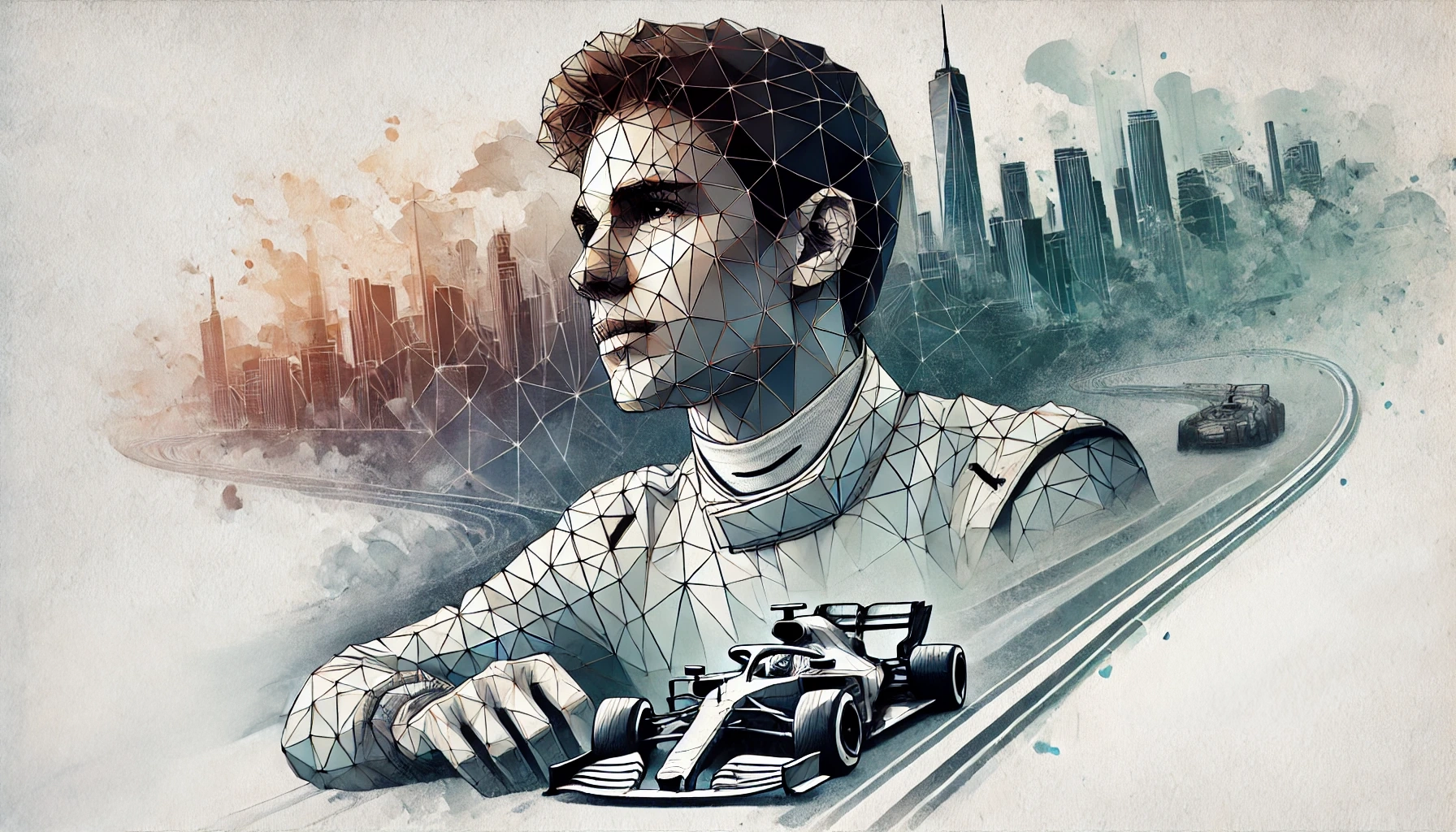Last night we completed a six-season speed-run of Drive to Survive, a docuseries on Formula 1 that focuses on the dynamics between drivers, teams, and their leadership.
Critics say it is manufactured-drama and semi-truths that are more entertaining than they are realistic. Of course that’s true. Fans, they say, should instead focus on the racing. To me, that’s what watching a Grand Prix is for.
Drive to Survive is about the drive, not the driving—the intrinsic pursuit of absolute performance in motor racing. This pursuit requires inhumanly large bags of capital which, as you can imagine, complicates things.
In this, Netflix absolutely nailed it.

Performance
Performance—the real protagonist here—oozes throughout the paddock. Achievement. Results. Two euphemisms that speak to the only thing that ultimately matters: who crossed the finish line first?
Radical candor. With their teams, with the press, with their rivals, with themselves. Everyone knows how they are doing, where they want to be, and will speak about it openly and directly.
Under-performers cycle out, replaced by a seemingly-infinite pipeline of hopefuls. There is always a seat for a top driver.
…almost always.
Realities
This temple of performance isn’t without major challenges:
- F1 teams are stupidly expensive. Money buys performance (cars + drivers). Performance attracts sponsors (money) so the aura of performance gloms onto their own branding. Money begets money.
- Ownership rewards top performers with annual, contracted salaries well-north of $10MM/year. Winning teams earn $100MM+ out of a $2Bn+ prize pool.
- The league is tightly controlled. Only 26 cars can compete (two per team); currently there are 20. The FIA (the sport’s governing body) and teams like it this way. There are no tryouts, only negotiations. Scarcity adds value.
- Each team designs and builds new cars every season. Between teams, performance varies wildly. Inside the team, the two cars are virtually identical. Therefore, the team’s two drivers are each others’ closest rivals. Over a season, all other variables cancel each other out. Teammates are competitors as much as they are rivals
- Under-performing teams make concessions in the name of survival. Billionaires buy seats for their offspring either through team sponsorship or acquisition. Nepotism is blatant and acknowledged.
Motivations
Coincidentally, I happened to be reading “Primed to Perform”, a book that provides a framework (and consulting pitch!) for measuring and managing performance culture.
The framework
Direct motivators (3 Ps): play, purpose, and potential. When these human needs (the “why”) are aligned with jobs expectations (the “what”), people tend to perform better, ceteris paribus.
Indirect motivators (3 Es): emotional, economic, and entrenchment pressures. People respond less-well to these. Motivations are indirect and/or fleeting when you consider them against innate human behavior.
The three Es are my modest improvement to the framework’s list of indirect motivators to eschew. The authors use “inertia” instead of “entrenchment”. I like mine better, but the book is good. Read it.
shows that high-performing organizations tend to emphasize direct motivators and minimize the indirect ones. (Apologies to the authors for this gross simplification.)
For Formula 1 drivers, satisfaction is intrinsically linked to winning. And, if they’re not winning, it’s performing well-enough that they can keep their seat for future sessions to become winners. Racing in Formula 1 continually fills their cup.
Success feeds the flywheel.
Meanwhile, team principals do their darndest to minimize drivers’ external de-motivators. They know drivers do best when they are focused on racing performance alone.
Empowered by savvy ownership and healthy balance sheet, a great team principal’s only job is to create a winning environment.
What a wild job.
Wait a tick…
Did I just make a comparison between Formula 1 and business culture?
I didn’t mean to, but here we are.
I have spent more than a decade in venture-backed, high-growth startups and scale-ups. People don’t join these companies to play it safe, they join them because they fill their intellectual curiosities in the pursuit of something larger than themselves.
Investors reading this: take your cues from Formula 1 and ensure your portfolio companies are paying good wages or get ready for some real bad behavior to emerge. Legal or not, I’ve heard of founders mandating credit checks to see if their startup employees are solvent enough to be sufficiently focused on their role.
I suppose this is why I found Drive to Survive so compelling: Formula 1’s entire business model depends on performance at the highest level. Success is clear (“win races”) and, beyond that condition, the league is largely isolated from all other concerns—even financial.
🍿